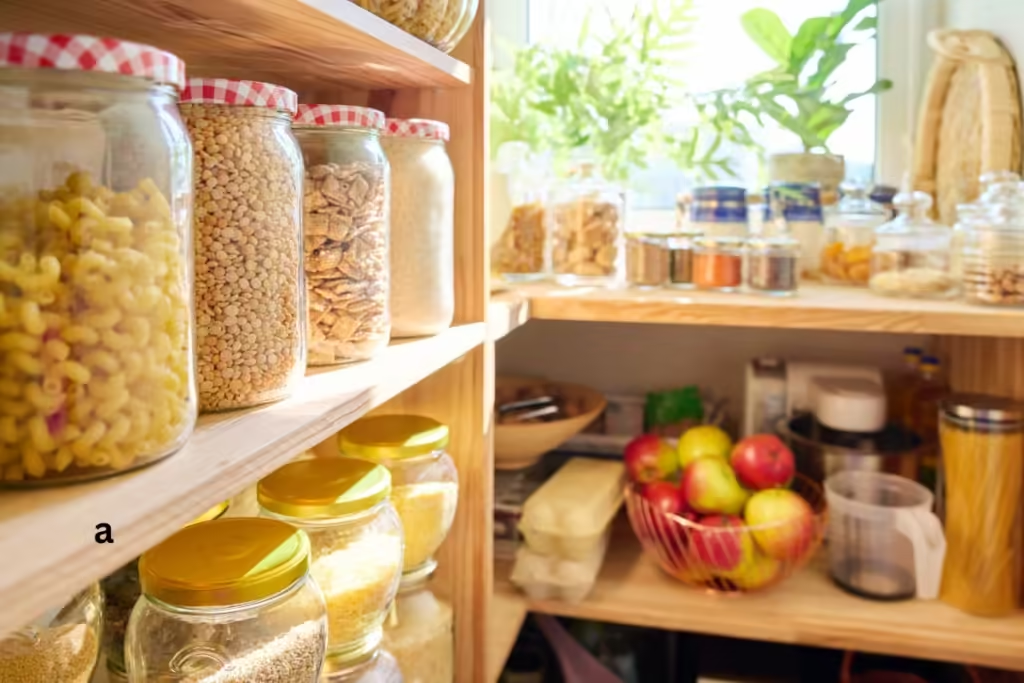
10 Incredible Tips for Thriving Philodendron Micans: A Beginner’s Guide
[et_pb_section admin_label=”section”]
[et_pb_row admin_label=”row”]
[et_pb_column type=”4_4″][et_pb_text admin_label=”Text”]
Are you ready to add a touch of velvety elegance to your indoor jungle? Look no further than the stunning Philodendron Micans! This gorgeous plant, also known as the Velvet Leaf Philodendron, is a true gem in the world of houseplants. With its heart-shaped leaves that shimmer with an iridescent glow, Philodendron Micans is sure to capture your heart and become the star of your plant collection.
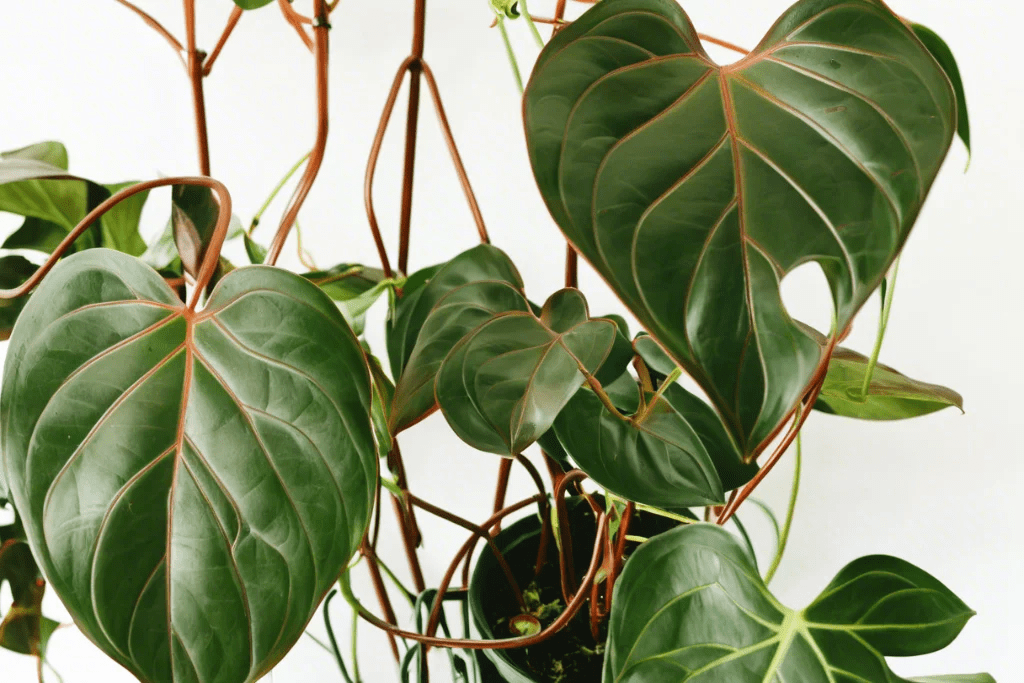
What is Philodendron Micans?
Philodendron Micans is a tropical vine belonging to the Araceae family. Native to the lush forests of Mexico and the Caribbean, this beauty has adapted perfectly to life as a houseplant. Its scientific name, Philodendron hederaceum var. hederaceum, might be a mouthful, but don’t let that intimidate you! This plant is as easy to care for as it is beautiful.
Unique Characteristics
What sets Philodendron Micans apart from its green cousins? It’s all in the leaves! The foliage of this plant is simply mesmerizing:
- Heart-shaped leaves: Each leaf is a perfect heart, adding a romantic touch to your space.
- Velvety texture: Run your fingers over the leaves, and you’ll understand why it’s called the Velvet Leaf Philodendron.
- Iridescent sheen: The leaves have a subtle, shimmering quality that changes with the light.
- Rich colors: Depending on the light conditions, the leaves can range from deep green to bronze, with reddish-purple undersides.
Now that we’ve fallen in love with Philodendron Micans, let’s dive into how to keep this beauty thriving in your home!
2. Ideal Growing Conditions
To help your Philodendron Micans flourish, you’ll need to recreate its natural tropical habitat. Don’t worry; it’s easier than it sounds!

2.1 Light Requirements
Philodendron Micans is adaptable when it comes to light, but it does have preferences:
- Bright, indirect light: This is the sweet spot for your plant. Think of dappled sunlight filtering through trees in its native habitat.
- Avoid direct sunlight: Too much direct sun can scorch those beautiful leaves.
- Low light tolerance: While it can survive in lower light conditions, you might notice slower growth and less vibrant colors.
Pro tip: Place your Philodendron Micans near an east-facing window for the perfect balance of light throughout the day.
2.2 Temperature and Humidity
Being a tropical plant, Philodendron Micans loves warmth and moisture:
- Temperature: Aim for a range between 65°F to 80°F (18°C to 27°C).
- Humidity: The higher, the better! Aim for at least 50% humidity, but 60-70% is ideal.
To increase humidity:
- Use a pebble tray filled with water
- Group your plants together
- Invest in a humidifier for consistent moisture
2.3 Soil Preferences
The right soil mix is crucial for your Philodendron Micans‘ health:
- Well-draining soil: This prevents root rot, a common issue with overwatering.
- Rich in organic matter: Provides nutrients and retains just the right amount of moisture.
A perfect DIY soil mix for Philodendron Micans:
- 1 part peat moss or coco coir
- 1 part perlite or pumice
- 1 part orchid bark
This mix ensures good aeration, drainage, and moisture retention – everything your Philodendron Micans needs to thrive!
You May Also Be Interested in:
10 Amazing Swiss Cheese Plant Care Tips for Thriving Monstera Deliciosa
3. Watering and Feeding
Proper watering and feeding are key to keeping your Philodendron Micans happy and healthy.
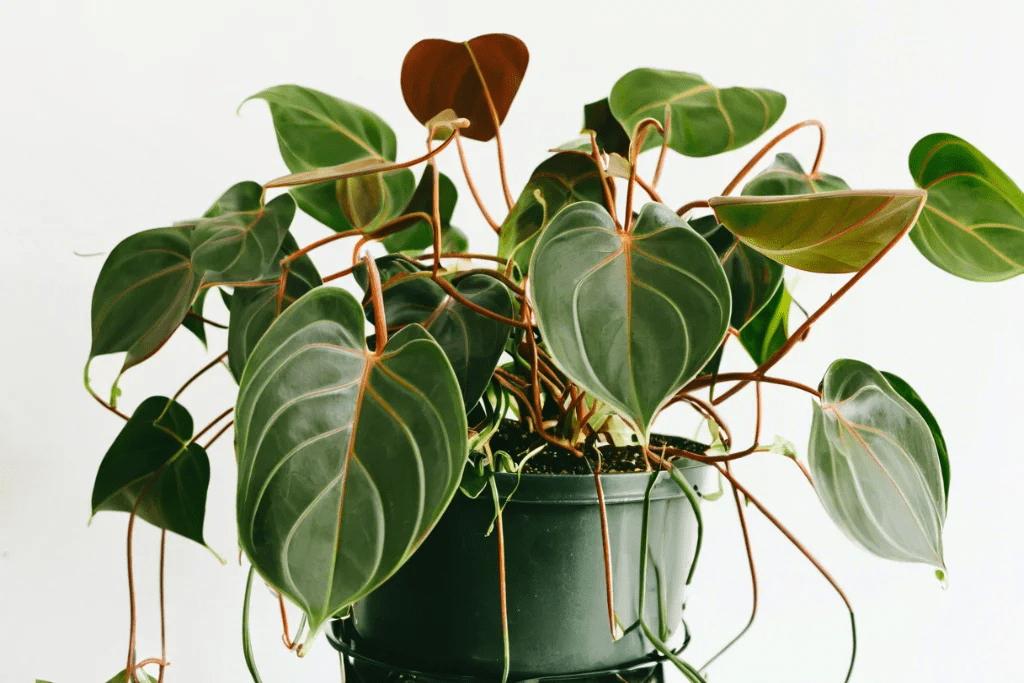
3.1 Watering Schedule
Philodendron Micans likes its soil to be consistently moist but not waterlogged. Here’s how to get it right:
- Check the soil: Stick your finger about an inch into the soil. If it feels dry, it’s time to water.
- Water thoroughly: When you do water, do it generously until water runs out of the drainage holes.
- Allow excess water to drain: Never let your plant sit in standing water.
- Adjust for seasons: Water less frequently in winter when growth slows down.
Remember: It’s better to underwater than overwater. Philodendron Micans is more forgiving of dry conditions than soggy soil.
3.2 Fertilization
Feed your Philodendron Micans to encourage lush growth and vibrant colors:
- Frequency: Fertilize every 2-4 weeks during the growing season (spring and summer).
- Type: Use a balanced, water-soluble fertilizer (NPK 20-20-20).
- Dilution: Always dilute to half the recommended strength to avoid fertilizer burn.
- Winter care: Reduce or stop fertilizing in fall and winter when growth slows.
Pro tip: Organic fertilizers like fish emulsion or worm castings are great alternatives that provide slow-release nutrients.
4. Propagation Methods
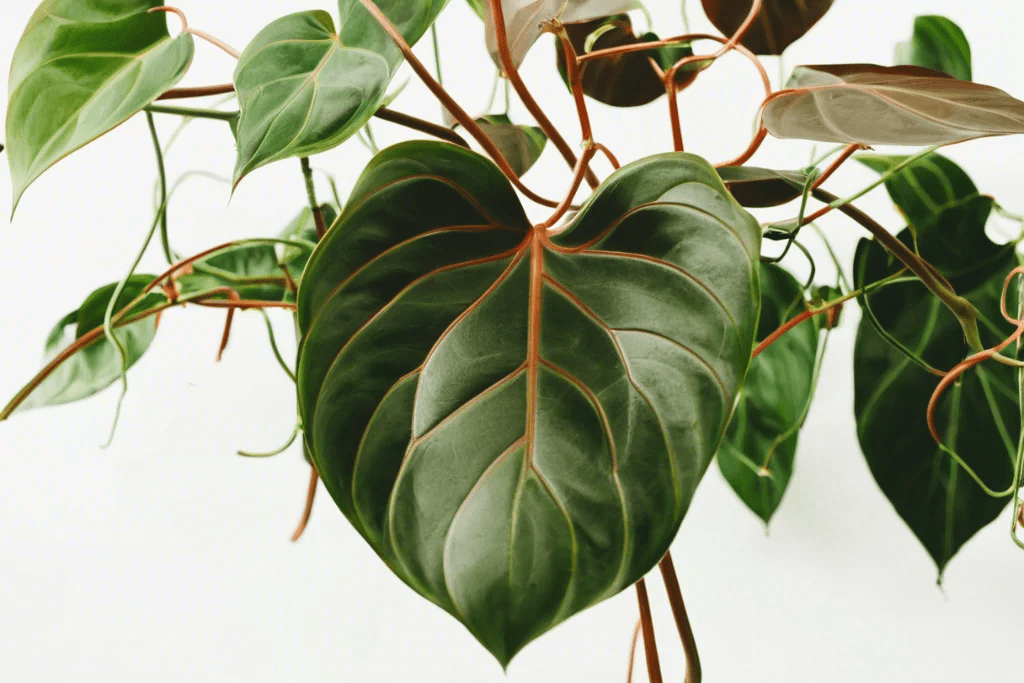
One of the joys of owning a Philodendron Micans is how easy it is to propagate. Share the love with friends or expand your own collection!
4.1 Stem Cuttings
This is the most common and easiest method to propagate your Philodendron Micans:
- Choose a healthy stem: Look for a stem with at least 2-3 leaves and a node (the bumpy part where leaves emerge).
- Make the cut: Use clean, sharp scissors to cut just below a node.
- Remove lower leaves: Keep 1-2 leaves at the top of your cutting.
- Root in water: Place the cutting in a jar of water, ensuring the node is submerged.
- Wait for roots: In 2-3 weeks, you should see roots developing.
- Plant in soil: Once roots are 1-2 inches long, plant your cutting in a pot with well-draining soil.
4.2 Air Layering
For a more advanced technique, try air layering:
- Choose a healthy stem: Select a stem with several leaves.
- Make a small incision: About 1/3 of the way through the stem, below a node.
- Apply rooting hormone: This encourages root growth.
- Wrap with moist sphagnum moss: Cover the incision and surrounding area.
- Seal with plastic wrap: This maintains humidity around the area.
- Wait for roots: After 3-4 weeks, you should see roots growing in the moss.
- Cut and plant: Once roots are established, cut below the rooted section and plant.
Both methods are effective, so choose the one that suits your comfort level!
5. Pruning and Maintenance

Regular care will keep your Philodendron Micans looking its best and growing vigorously.
5.1 Regular Pruning
Pruning helps maintain the shape of your plant and encourages bushier growth:
- When to prune: Spring and summer are ideal, as the plant is actively growing.
- What to prune: Remove any yellowing or damaged leaves.
- Shaping: Trim long vines to encourage branching and a fuller appearance.
- Tools: Always use clean, sharp scissors or pruning shears to avoid damaging the plant.
5.2 Cleaning and Dusting
Those velvety leaves are dust magnets! Regular cleaning keeps your Philodendron Micans healthy and looking its best:
- Gently wipe leaves: Use a soft, damp cloth to remove dust.
- Support the leaf: Place your hand behind the leaf as you wipe to avoid damage.
- Avoid leaf shine products: These can clog the pores of the leaves.
- Shower your plant: For a deep clean, give your plant a gentle shower with lukewarm water.
Regular cleaning not only keeps your plant looking great but also helps it photosynthesize more efficiently!
6. Common Problems and Solutions
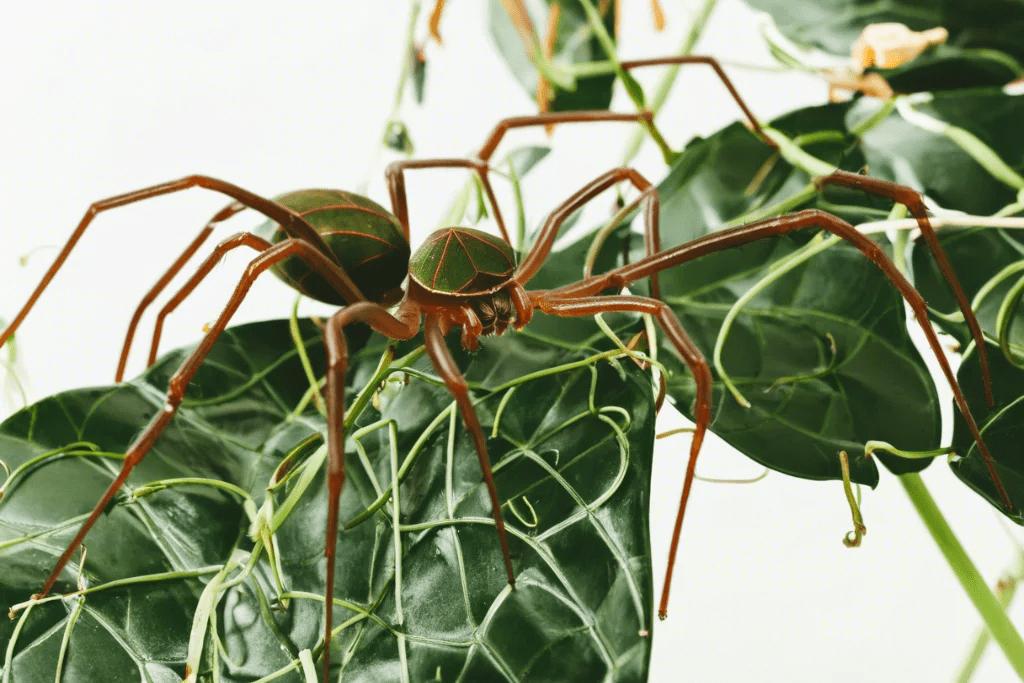
Even with the best care, your Philodendron Micans might face some challenges. Here’s how to identify and solve common issues:
6.1 Pests
Philodendron Micans can be susceptible to common houseplant pests:
- Spider mites: Tiny pests that cause stippling on leaves. Treat with neem oil or insecticidal soap.
- Mealybugs: White, cottony bugs that cluster on stems and leaves. Remove with a cotton swab dipped in rubbing alcohol.
- Scale: Small, brown, shell-like insects on stems and leaves. Scrape off gently and treat with horticultural oil.
Prevention is key: Regularly inspect your plant and isolate any new plants before introducing them to your collection.
6.2 Diseases
Fungal and bacterial diseases can affect Philodendron Micans:
- Root rot: Caused by overwatering. Symptoms include yellowing leaves and mushy stems. Remove affected parts and replant in fresh, well-draining soil.
- Leaf spot: Brown or black spots on leaves. Remove affected leaves and improve air circulation.
6.3 Yellowing Leaves
Yellow leaves on your Philodendron Micans can indicate several issues:
- Overwatering: The most common cause. Allow soil to dry out more between waterings.
- Nutrient deficiency: Try fertilizing with a balanced fertilizer.
- Low humidity: Increase humidity around the plant.
- Natural aging: Old leaves may yellow and drop off naturally.
6.4 Leggy Growth
If your Philodendron Micans is looking stretched out and sparse:
- Insufficient light: Move to a brighter location, but avoid direct sunlight.
- Lack of pruning: Regular pruning encourages bushier growth.
- Temperature extremes: Ensure your plant is in a comfortable temperature range.
Remember, a healthy Philodendron Micans is a resilient plant. With proper care, it can bounce back from most issues!
7. Decorative Uses
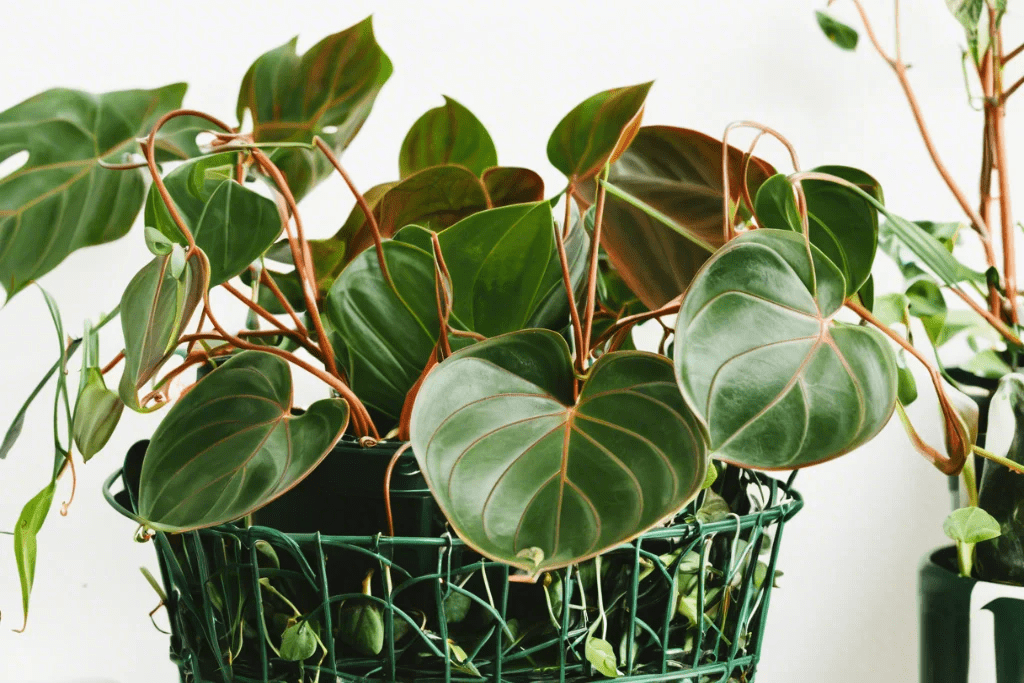
The versatility of Philodendron Micans makes it a fantastic choice for various decorative applications.
7.1 Hanging Baskets
Philodendron Micans shines in hanging baskets:
- Trailing vines: As the vines grow, they create a beautiful cascading effect.
- Eye-level display: Hanging allows you to appreciate the iridescent leaves up close.
- Space-saving: Perfect for small spaces or apartments.
Tip: Rotate your hanging basket regularly to ensure even growth on all sides.
7.2 Climbing Supports
Embrace the natural climbing tendencies of Philodendron Micans:
- Moss poles: Provide a natural-looking support for your plant to climb.
- Trellises: Create a living wall of shimmering leaves.
- Bookshelf decor: Let it trail down the sides of your bookshelf for a whimsical look.
7.3 Terrariums
Philodendron Micans can thrive in a well-designed terrarium:
- Humidity heaven: Terrariums naturally provide the high humidity this plant loves.
- Miniature jungle: Create a lush, tropical scene in a glass container.
- Low maintenance: Once established, terrariums require minimal care.
Remember: Ensure your terrarium has adequate drainage and airflow to prevent issues with excess moisture.
8. Conclusion
Congratulations! You’re now equipped with all the knowledge you need to grow and care for your Philodendron Micans like a pro. This stunning plant, with its velvety, iridescent leaves, is sure to bring a touch of tropical luxury to your home.
Remember the key points:
- Provide bright, indirect light
- Maintain high humidity
- Use well-draining soil
- Water when the top inch of soil is dry
- Fertilize regularly during the growing season
- Prune and clean for optimal health and appearance
With its easy-care nature and show-stopping looks, Philodendron Micans is the perfect addition to any plant collection, whether you’re a seasoned plant parent or just starting your green thumb journey.
So go ahead, bring home a Philodendron Micans, and watch as it transforms your space into a shimmering, velvety paradise. Happy growing!
References
- The Spruce: How to Care for Philodendron Micans
- Gardening Know How: Growing and Caring for Philodendron Micans
- Houseplant Central: Philodendron Micans Care
[/et_pb_text][/et_pb_column]
[/et_pb_row]
[/et_pb_section]

